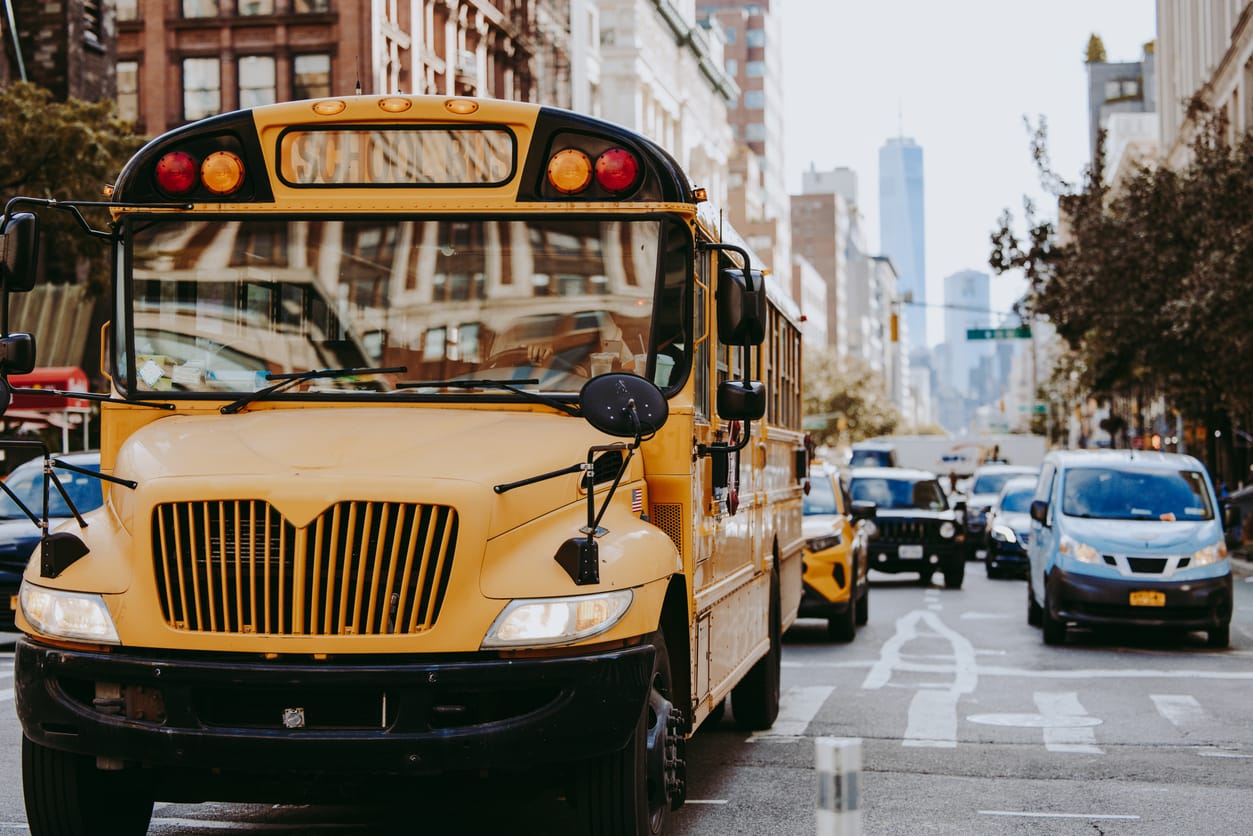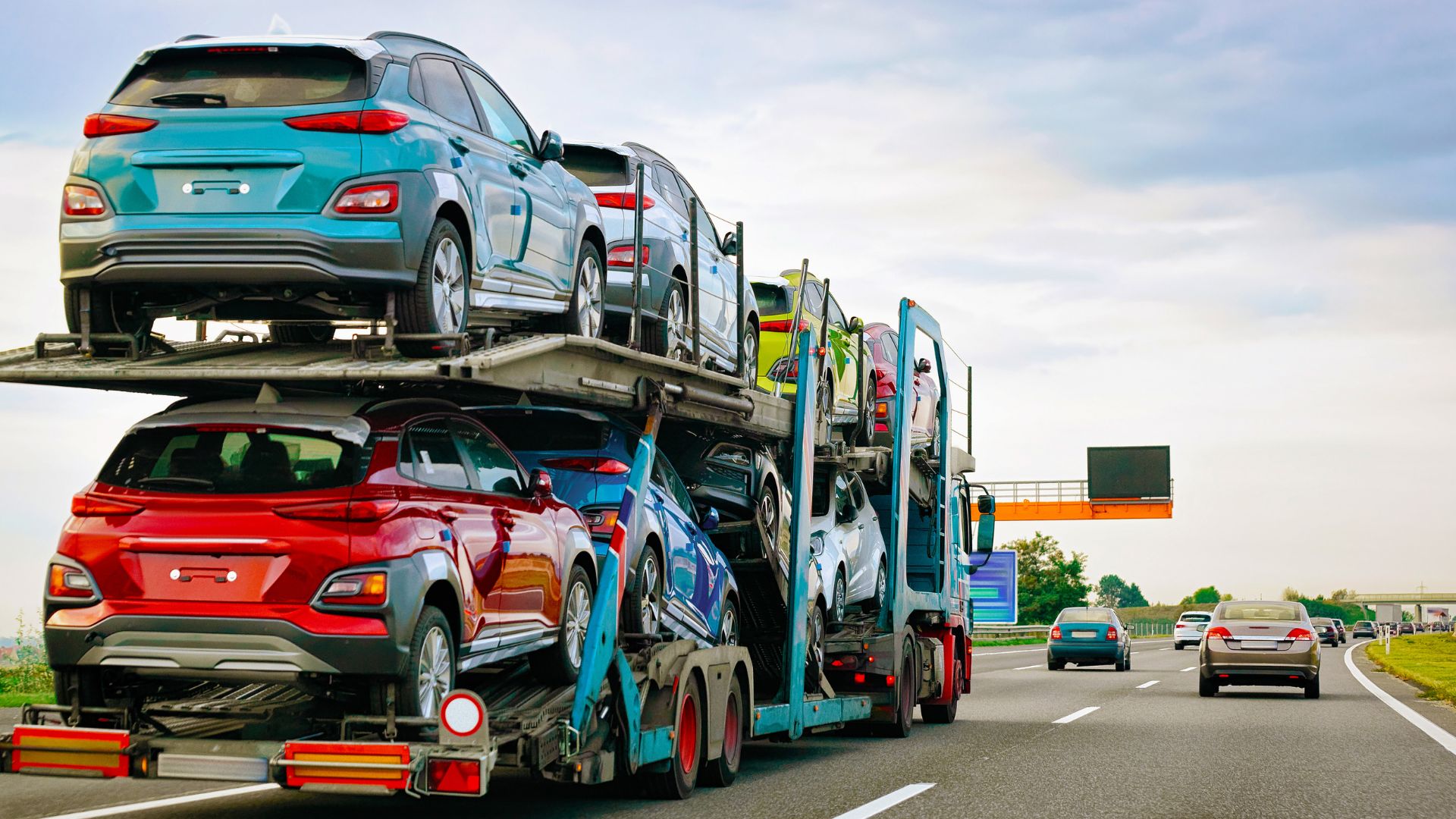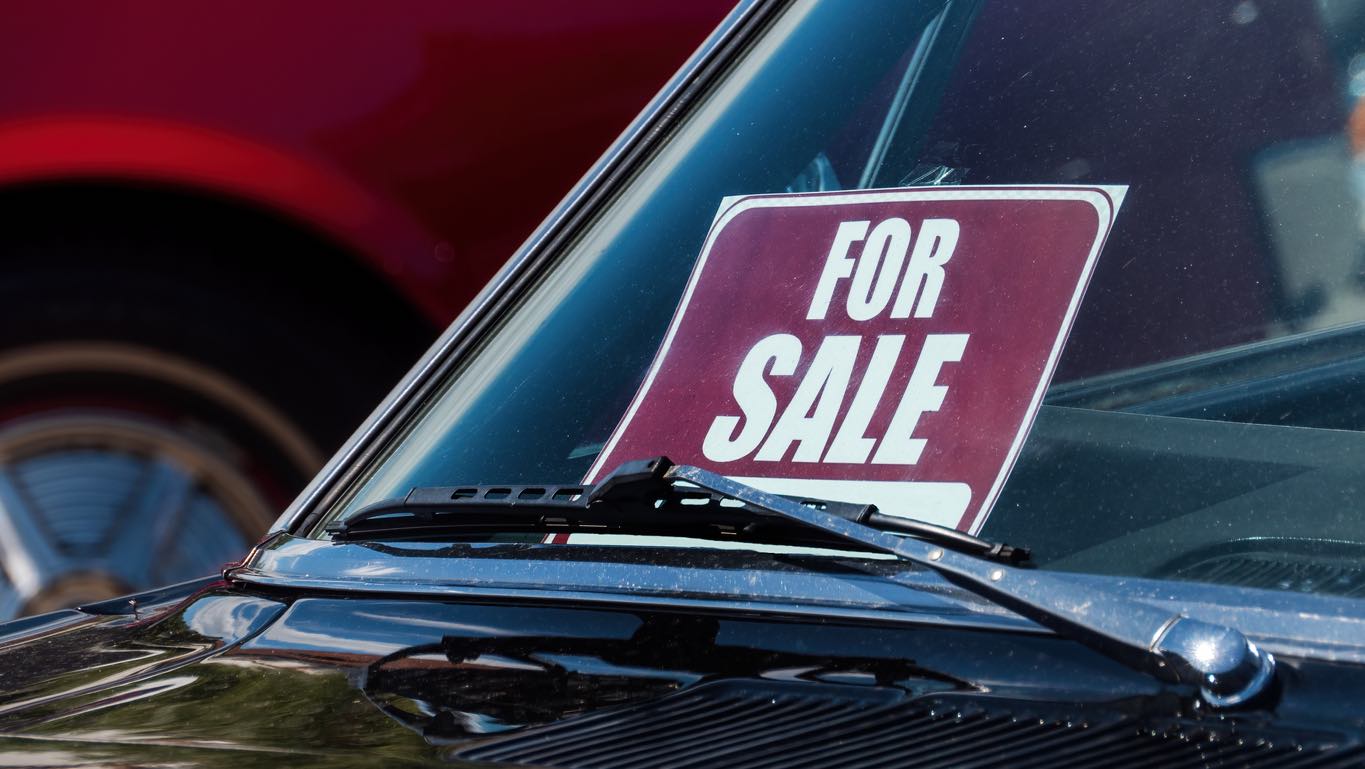According to research by the National Safety Council, most of the children who lose their lives in bus-related incidents are 4 to 7 years old, and they’re walking. They are hit by the bus, or by a motorist illegally passing a stopped bus.
Here are some tips that can help make sure you and your loved ones get where you need to go this fall without incident.
As a driver, it’s important to be aware of your surroundings at all times. This is especially true when there are pedestrians present.
- Put your phone away – resist the urge to check it for notifications while you’re driving. If you need to use your phone, pull over to a safe location first or communicate with a hands free feature if necessary.
- Don’t eat or drink while driving – it’s important to have both hands free in case you need to make a sudden stop.
- Avoid talking to passengers – this can be a distraction, especially if the conversation is emotional or heated.
With kids running around everywhere, it’s important to take extra care and drive slowly near schools.
Remember, the speed limit in a school zone is usually lower for a reason. By driving more slowly, you’ll have more time to react if a child darts into the street.
Plus, giving yourself some extra time will help reduce your stress levels.
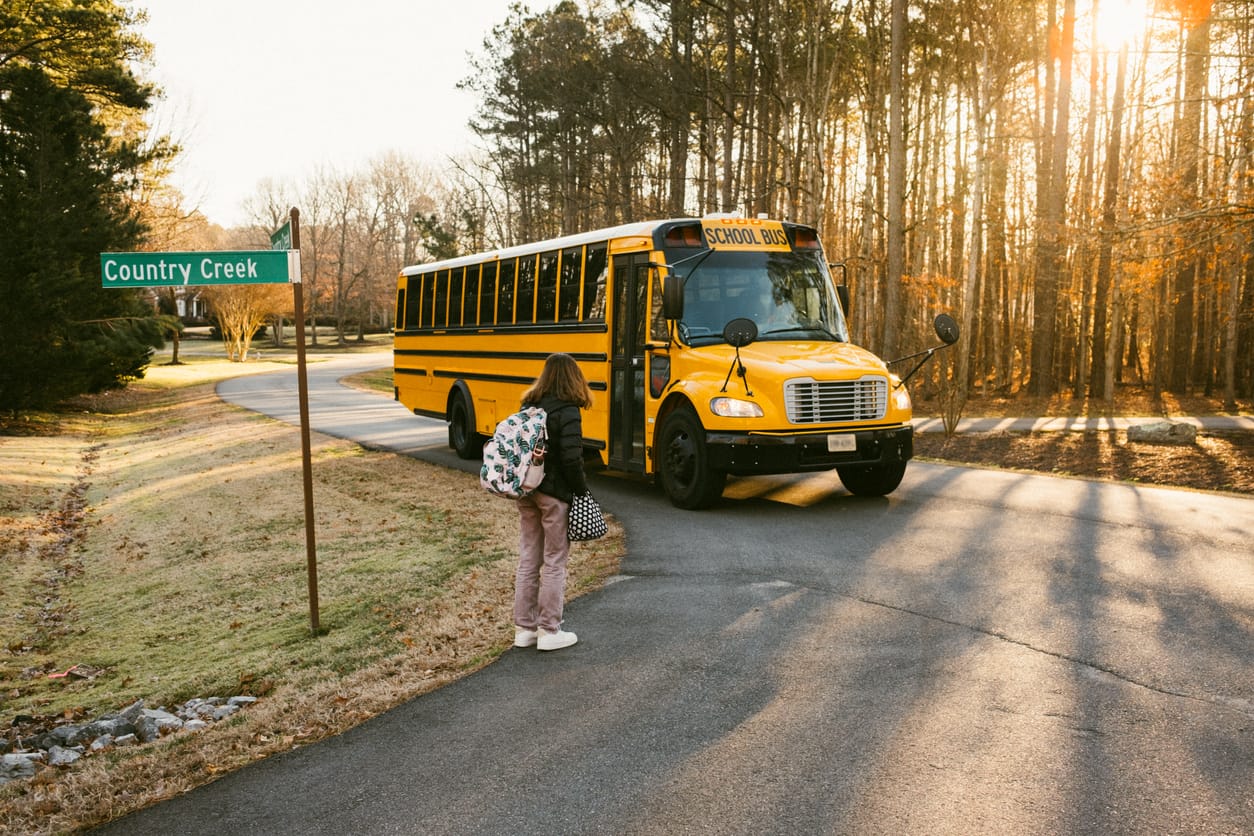
One of the most important things you can do to stay safe on the roads is to never tailgate. This means keeping a safe following distance between you and the car in front of you.
Not only does this give you more time to react if they brake suddenly, but it also allows you to see potential hazards ahead of them.
Also ensure to always use your turn signal, even if there doesn’t seem to be anyone around. It’s better to be safe than sorry.
With kids back in school, there are more pedestrians and cyclists on the roads. That means it’s even more important to not drive impaired. Alcohol, drugs, and even some medications can impair your ability to drive.
If you’re taking medication, make sure to read the label carefully and follow any warnings about operating a vehicle.
Even if you’re only a few blocks from home. You should never drive under the influence of alcohol or drugs, even if you don’t feel that your abilities are impaired, your reaction time may be slowed and you could make poor decisions.
It’s not worth risking your life or the lives of others. Call a cab or take public transit instead.
As a driver, it’s important to be extra cautious when driving near schools.
- Take a deep breath and relax- remember that there are children present and they are your top priority.
- Obey the posted speed limit – even if it feels slow.
- Be prepared to stop at any time – look for clues that a child might dart out into the street.
- Put away any distractions – no texting, no talking on the phone, no eating, etc.
- Don’t block the crosswalk – this makes it difficult for pedestrians to cross the street and puts them in danger.
The National Highway Traffic Safety Administration reports that car crashes are the leading cause of death for teens in the United States.
As students head back to school, parents and guardians need to review some basic safety tips with their young drivers.
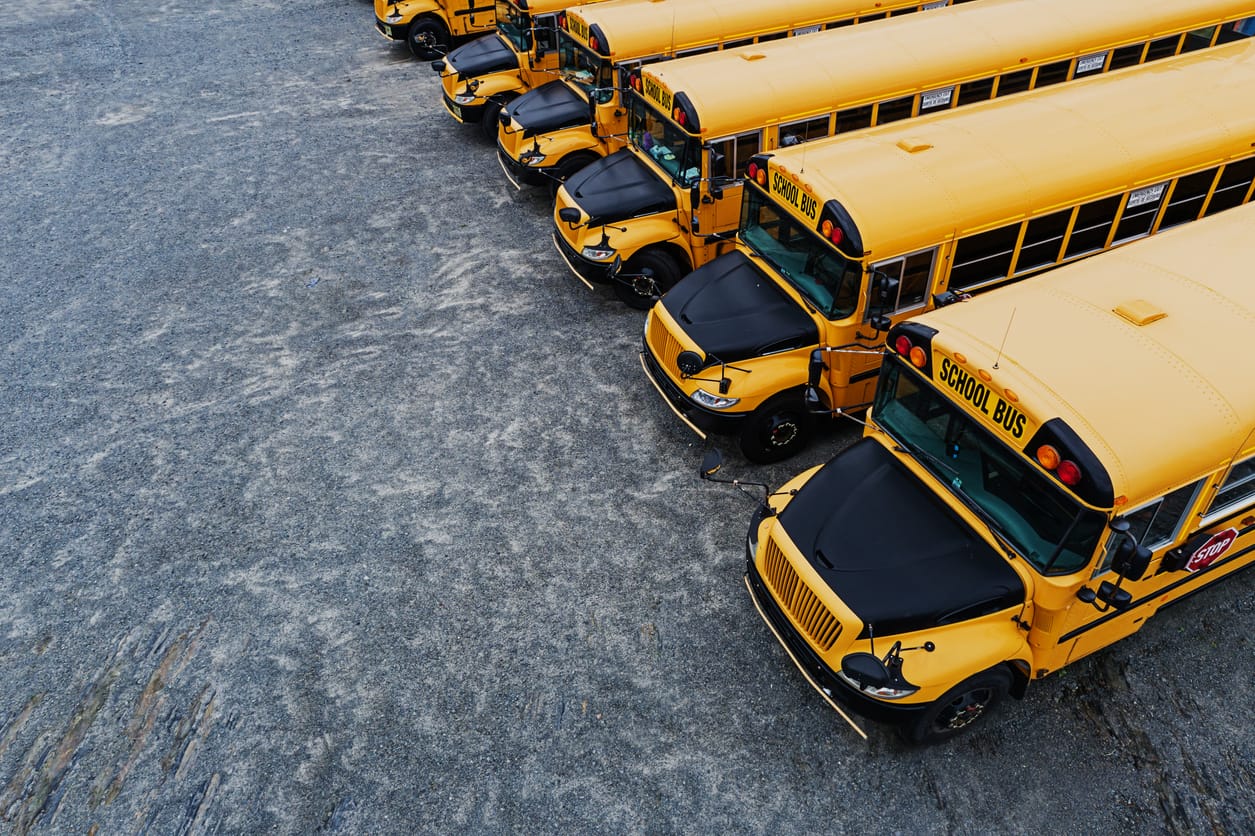
Here are a few tips to help keep your teen driver safe:
- Encourage your teen to always wear a seatbelt, even if they are just going a short distance.
- Remind them to never text or use their cell phone while driving.
- Make sure they understand the dangers of speeding and urge them to obey posted speed limits.
- Teach them how to safely share the road with bicyclists and pedestrians.
School buses are large and can be difficult to see around, so it’s important to be extra cautious when driving near them. Worthy tips to keep in mind:
- Pay attention to school bus stop signs and yield to buses that are picking up or dropping off passengers.
- Don’t try to pass a school bus that is stopped – wait until it starts moving again.
- Be aware that children might not always obey traffic laws, so use caution even when there are no buses around.
- Slow down and obey posted speed limits in school zones.
- Watch for pedestrians, especially around crosswalks and playgrounds.
As a driver, it’s important to be aware of your surroundings at all times and to know the rules of road use, especially when school is back in session with more pedestrians and bicyclists on the roads.
- Yield to bicyclists when they have the right of way
- Give them plenty of space when passing – at least three feet
- Don’t honk or startle them
- Be extra cautious at intersections
- Watch for turning bicyclists
- Don’t park in bike lanes
- Use caution when opening your car door
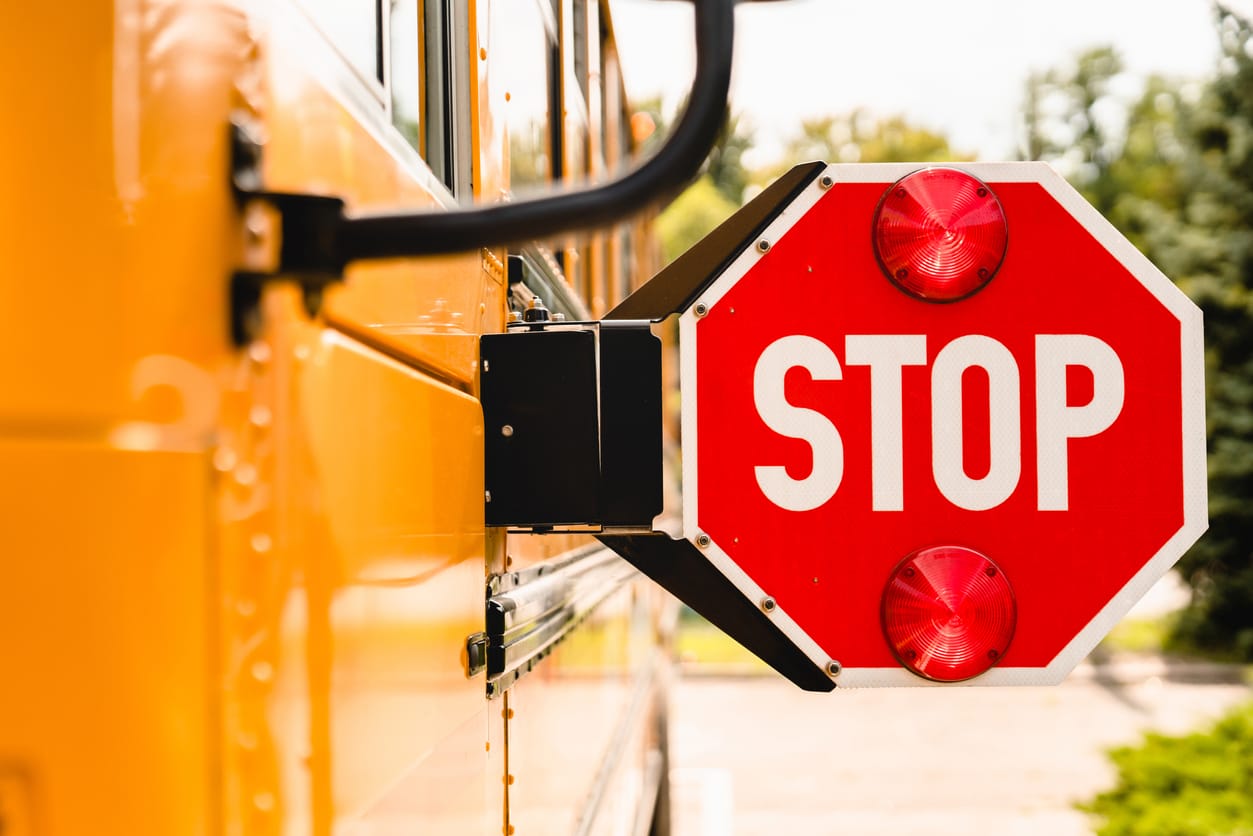
With school back in session, there are sure to be more young pedestrians on the roads.
- Slow down when you see a pedestrian crossing or about to cross a street. Be patient and wait until they’re completely across before driving away again.
- Never honk your horn when driving near a group of children-especially, if they are playing on the side of the road.
If you need to pass, go slowly and follow at least 20 feet behind them at all times.
- Make sure you keep an eye out for children who may dart into traffic without looking first; these kids could easily get run over by a car that’s going too fast or make an unsafe decision if they see something exciting on the other side of the street like another child playing or someone waiting outside their house with a dog they recognize.
- If you see a child walking alone, it’s best to follow them until they get home or get picked up by someone.
Even if they’re going somewhere you know they should be safe, keep your eyes peeled for trouble that might cause an accident.
Don’t chase them, this could scare children and make them run into traffic out of fear, but don’t leave either.
Instead, pull over when it’s safe to do so, call for emergency services if necessary and stay with them until help arrives or it’s time for them to go home from school.
The start of a new school year means buses will be back on the roads, picking up and dropping off kids.
- Get to the bus stop early. This way, your child won’t have to hurry and can take their time getting on the bus.
- Teach your child to look both ways before crossing the street.
- Remind them to stay seated while the bus is moving, and to keep their hands and feet inside the bus at all times.
- If your child needs to cross the street after getting off the bus, make sure they wait for the driver’s signal before doing so.
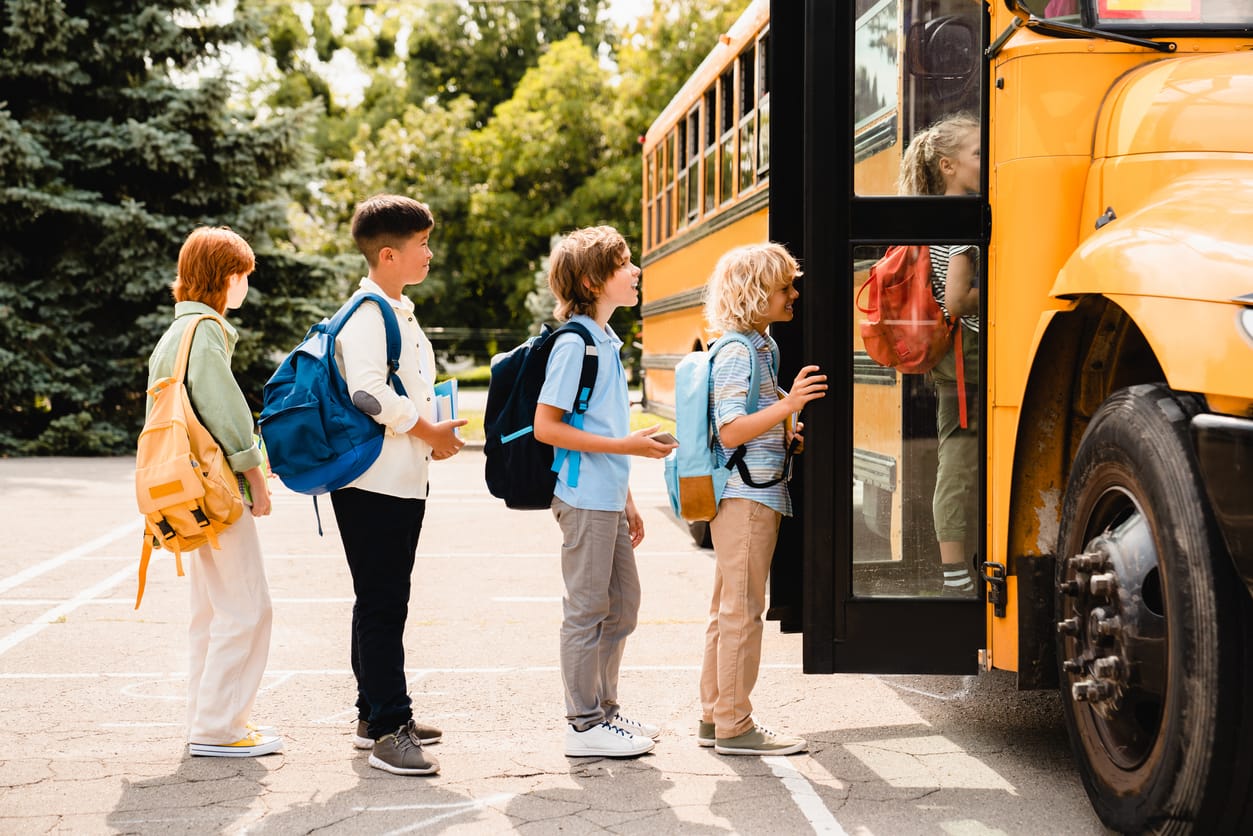
When school is back in session that means more pedestrians on the streets and a higher risk for accidents. Here are some tips to help keep your child safe when walking to school:
- Make sure they know the route they are taking and stick to it.
- Walk with a friend or group whenever possible.
- Wear bright clothing so drivers can see them easily.
- Avoid distractions like listening to music or texting while walking.
- Pay attention to traffic and crossing streets at marked crosswalks.
- If there is no sidewalk, walk facing traffic so drivers can see you.
- Teach your child what to do if a stranger approaches them.
When riding a bike to school:
- Always wear a helmet and be visible by wearing bright clothing.
- Ride in the direction of traffic and use hand signals to indicate when you are turning.
- Be cautious of drivers who may not be paying attention and yield to pedestrians.
- Plan your route ahead of time and take the safest route possible.
- finally, always be prepared for the unexpected by carrying a small first-aid kit with you.
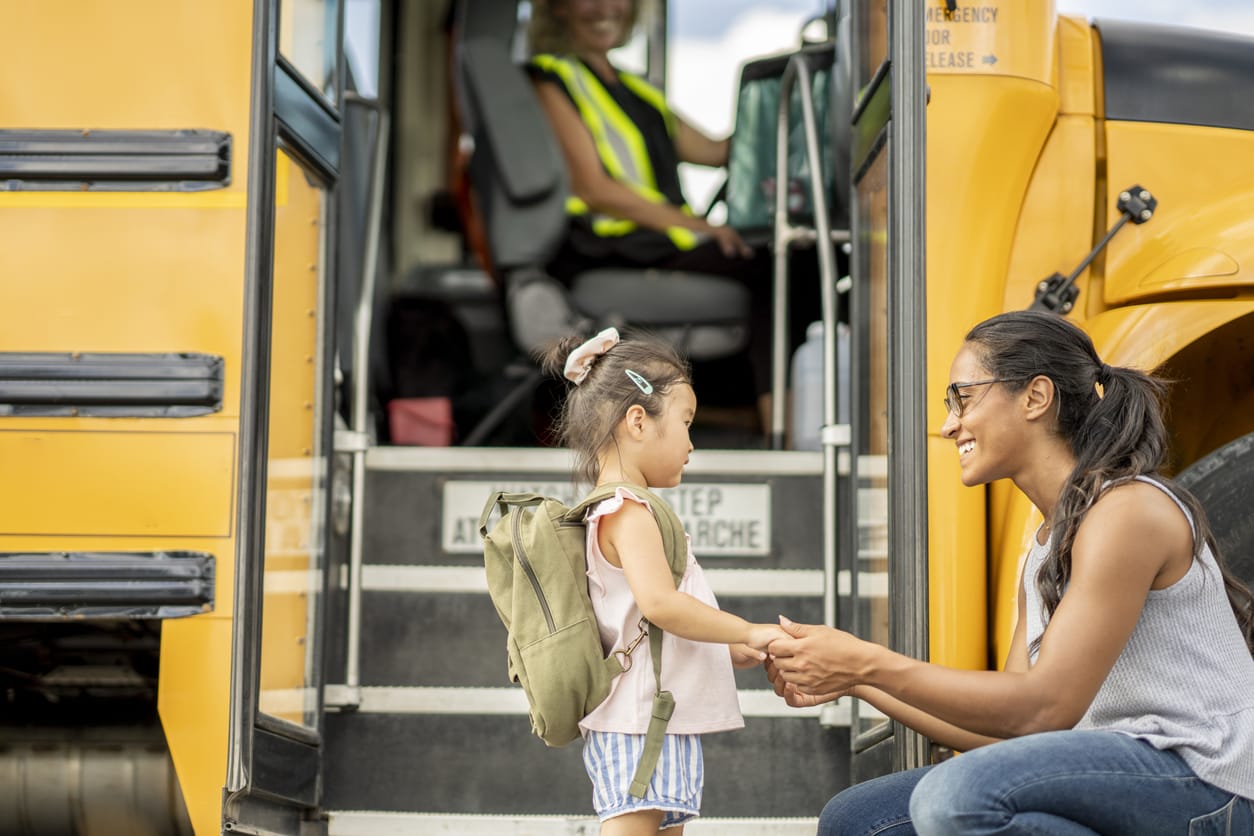
Seatbelts are one of the most important safety features in a vehicle. Wearing a seatbelt can help reduce the risk of serious injury or death in a crash by up to 50%.
Make sure you wear your seatbelt at all times, including when you’re stopped at an intersection, sitting at a red light, parked in your driveway, etc.
If you don’t have a seat belt fastened when you’re rear-ended by another car going 30 miles per hour (mph), you could be thrown out of your car and into the path of oncoming traffic.
Being thrown out of your car at 30 mph can cause serious injuries, or worse. A seatbelt will keep you buckled into your seat and help prevent ejection from your vehicle.
It’s important to obey the crossing guard, even if you think you know better. After all, they’re there for a reason – to keep children safe.
For safety reasons, it’s best not to walk against the light or cross between cars and traffic as cars might not see them. Instead, wait for the green light and cross with traffic so drivers can see pedestrians and watch out for them!
Be Aware of Drivers: The best way to stay safe on your school commute is to always be aware of drivers who may not be paying attention because they’re texting or talking on their phones. They could cause an accident that leads to serious injuries or death. One way we can help reduce this type of accident is by putting away our phones while driving!
Slow Down: Especially during pick-up time when children are going into school, take it slow and easy when turning onto school grounds so everyone stays safe and sound!
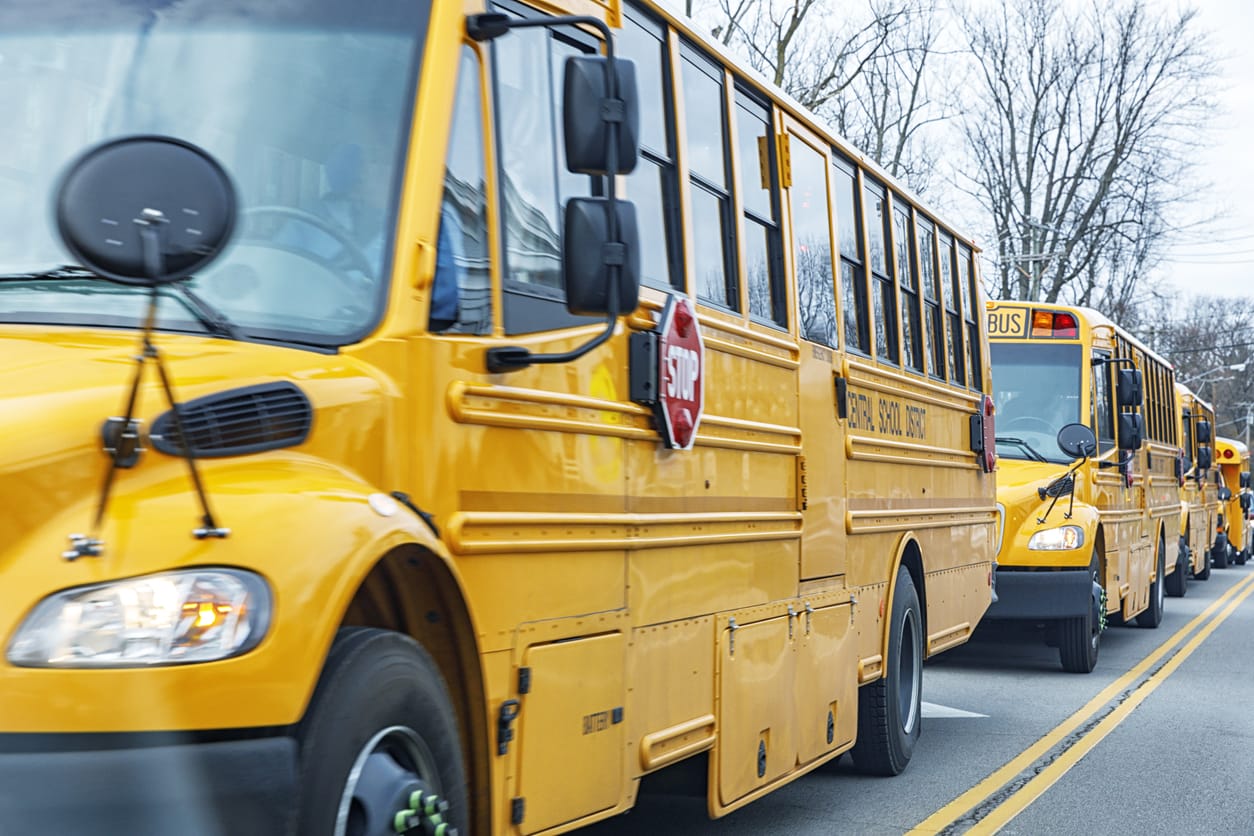
To sum it all up, here are a few tips to help you stay safe on the roads this school year:
- Be extra cautious when driving near schools, playgrounds, and neighborhoods where children are present.
- Come to a complete stop at all stop signs and red lights, even if there is not any cross traffic. Watch for pedestrians, especially near crosswalks and bus stops.
- Be extra cautious when making turns, backing up, or changing lanes.
- Don’t use your cell phone while driving, even if it is just for a quick call or text.
- If you see a school bus stopped with its red lights flashing, slow down and prepare to stop.
- Slow down and obey posted speed limits, especially in areas where children are known to be present.
Obey all posted speed limits, no matter how fast you think other drivers are going. Excessive speeding could cause an accident and will result in a traffic ticket. Driving at or above speed limits doesn’t mean that you’re a better driver than other people – it means that you have more at stake if your car breaks down, has mechanical issues, or incurs costly damages after an accident with another driver.
